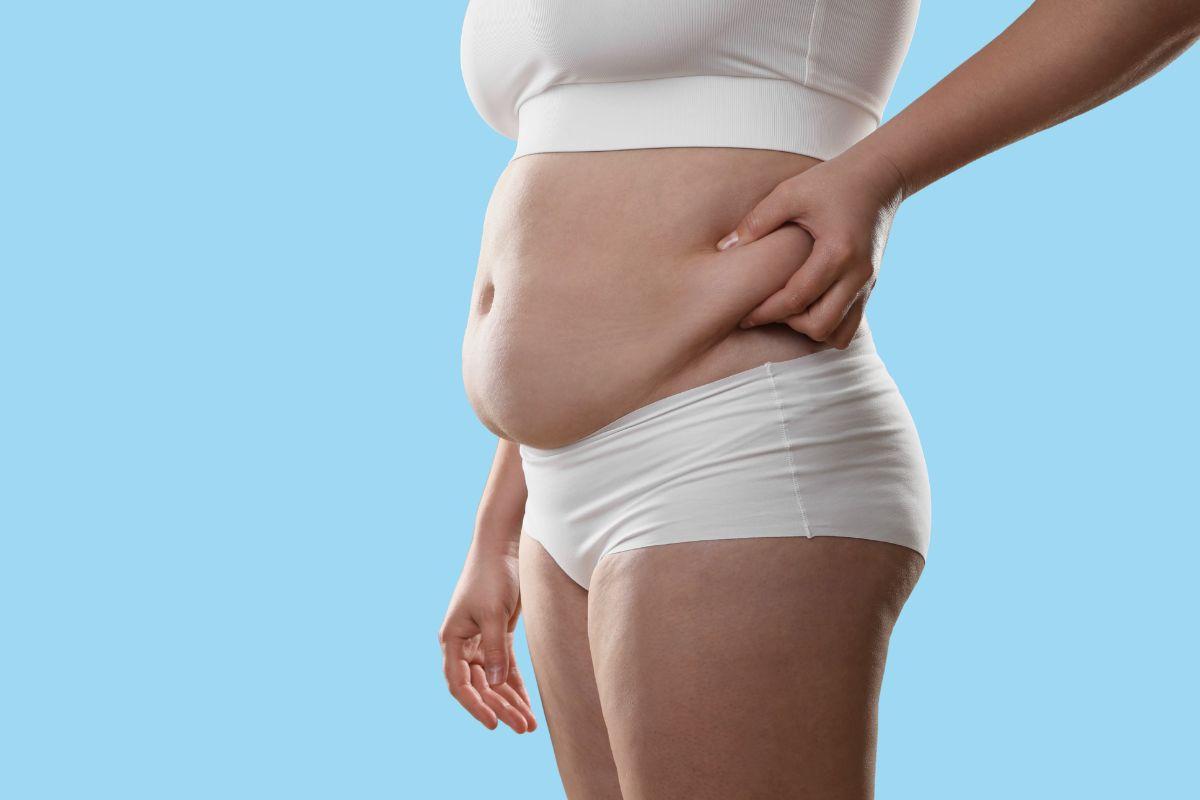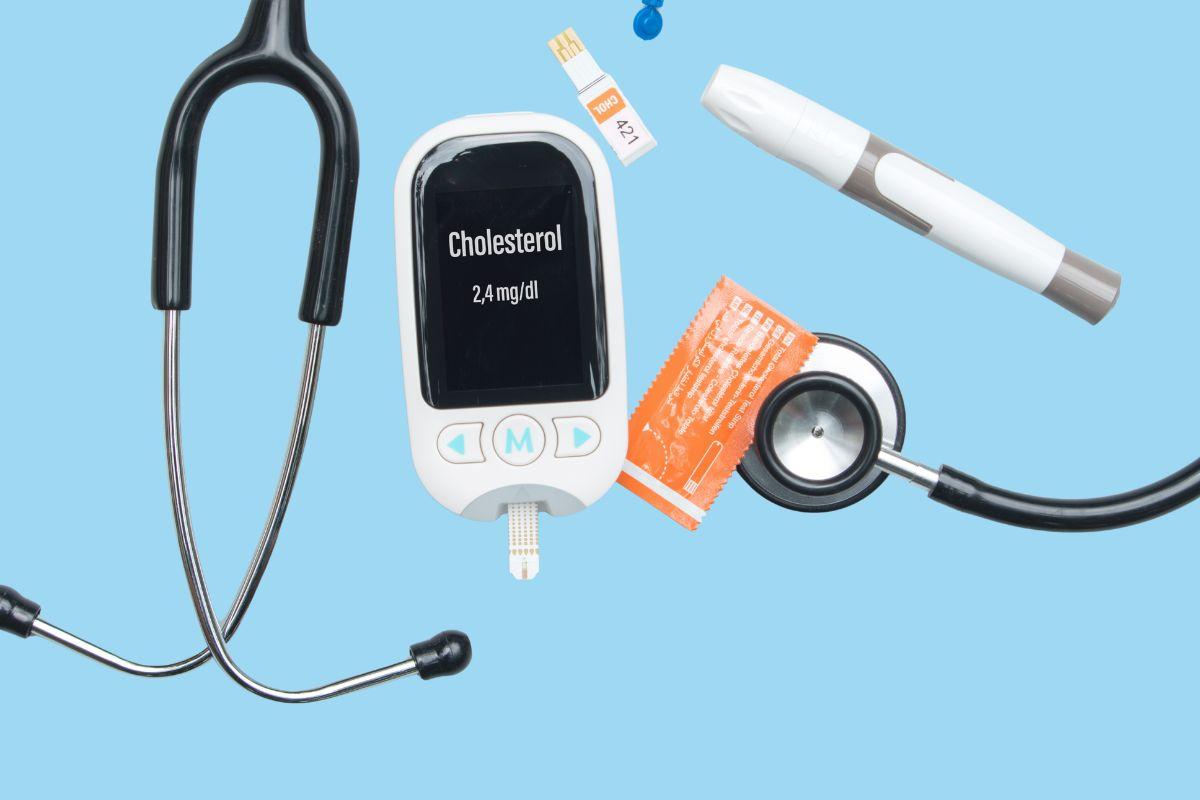Many patients considering fat grafting, want natural-looking results that last. Fat grafting (or fat transfer) is using a patient’s own fat to add volume to areas where there is less volume, like the face, breasts, or buttocks. This procedure is common in cosmetic and reconstructive surgery for its natural feel and low risk of rejection. Longevity depends on several factors, which their plastic surgeon will explain during consultation. Doctify connects patients with plastic surgeons who can guide in the fat grafting.
How fat grafting works
Here is a step-by-step overview of how fat grafting works:
- Fat is harvested via a low-trauma liposuction technique from the patient’s abdomen, thighs, or flanks.
- The fat is processed and purified to isolate healthy fat cells from the blood and other components.
- The processed and purified fat is carefully injected into the target area for smooth and even volume, like face, breasts, or buttocks.
Yet, not all transplanted fat survives, some resorption is normal. The injected fat cells will then need to develop a new blood supply to survive long-term, though some cells may be reabsorbed by the body.
How long do results last?
On average, 50–70% of transferred fat survives permanently after a few months. Once stabilised, the remaining fat cells act like normal fat, they grow or shrink with body weight changes. Results can last for years, though touch-up procedures may be recommended for optimal symmetry or fullness.
Factors that affect fat survival
Here are some factors that affect the fat survival rate:
- Surgeon technique: gentle fat handling improves survival rate.
- Recipient area: areas with good blood supply (e.g., face) tend to retain fat better than others.
- Post-surgery care: avoiding pressure on the treated area is essential.
- Lifestyle: smoking, alcohol consumption, poor nutrition, or significant weight loss can reduce longevity.
What to expect after surgery
The typical recovery timeline can vary, but the mild swelling, bruising, and tenderness may last for 1–2 weeks. Most swelling resolves within a month. The final results are visible after 3–6 months. On the other hand, if after your surgery you feel overfilled, it is sometimes intentional since surgeons anticipate some normal fat absorption. Lastly, it is important to follow all aftercare instructions for best outcomes and more lasting results.
Maintaining your results
In order to maintain your results for a long time, here are some tips:
- Keep a stable weight to avoid shrinking the grafted fat.
- Follow a balanced diet, containing fruits, vegetables, nuts, among others.
- Stay hydrated, drink 2-3 liters of water per day.
- Avoid smoking and reduce alcohol consumption to preserve circulation.
- Perform regular exercise after the complete recovery of the surgery, 150 minutes per week approximately.
- Attend all follow-up appointments to monitor healing and discuss touch-up options if needed.
Are results permanent?
While results are long-lasting, the natural ageing process continues. Fat grafting doesn’t stop sagging or collagen loss over time, but it can enhance contour and texture for many years. That’s why some patients may choose minor but repeated procedures for refinement.
Possible risks and considerations
The common risks include: swelling, bruising, temporary numbness. Sometimes uneven absorption (asymmetry) can occur. Meanwhile, fat necrosis or small lumps are rare risks that can happen. Nonetheless, these risks are minimised when fat grafting is performed by an experienced plastic surgeon.
Choosing the right surgeon
It is very important to select a qualified, board-certified plastic surgeon. Remember during consultation to discuss these points:
- Fat retention expectations.
- Recovery timeline.
- Personal suitability based on skin quality and volume goals.
We invite readers to explore Doctify to find verified specialists and read trusted patient reviews.
Conclusion
Fat grafting offers natural, long-lasting enhancement when performed by a skilled surgeon and paired with good aftercare. Small variations in results are normal, not all transplanted fat survives, some resorption is normal. Nevertheless, patience and follow-up care ensure the best outcome. As well, in order to maintain your results for a long time, remember these tips: Keep a stable weight, follow a balanced diet, stay hydrated, avoid smoking and reduce alcohol consumption, perform regular exercise after the complete recovery of the surgery, and attend all follow-up appointments to monitor healing and discuss touch-up options if needed. If you’re considering fat grafting or want to understand your options better, find a trusted plastic surgeon through Doctify to guide you through the process with confidence.
Find the right specialist for you. Doctify uses verified reviews so you can make the best decision for your healthcare.

Feel free to consult a plastic surgeon through Doctify for personalised advice whenever you want, we will be happy to help you! Find the best plastic surgeons in the United Kingdom or search for the best specialists globally:
- Plastic surgeons in the United Arab Emirates
- Plastic surgeons in Germany
- Plastic surgeons in Austria
- Plastic surgeons in Ireland
- Plastic surgeons in Australia
Medically Reviewed
Last reviewed on 18/11/2025




